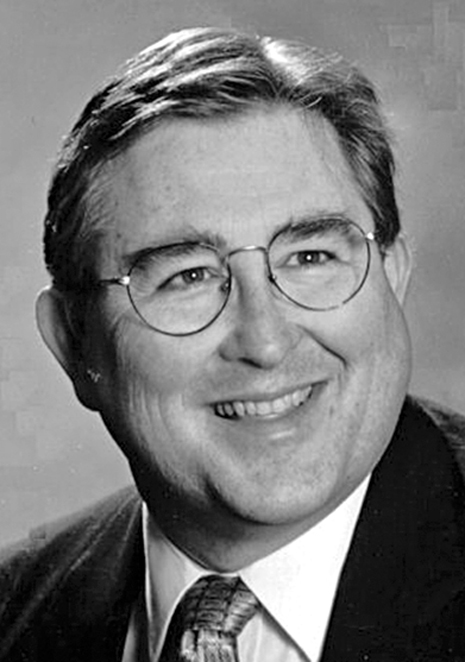By Danny Crownover
It was probably a dull day in May of 1882 when a reporter for a local newspaper wrote this item: “M.D. Lowe’s two-horse team pulled 5,446 pounds of salt-pork from the depot to S.W. Riddle’s store.”
At first glance, that seems to be a trivial item and not worth printing. As a matter of fact, a team with that much salt pork would attract attention on Broad Street today.
In the good old days, they called salt pork side meat, sow belly and even Cincinnati chicken.
When a man said he had bacon for breakfast, he had just feasted on side meat.
Salt pork and bacon are often confused with one another. Salt pork is simply salted pork belly; it looks like side or slab bacon, but it is not smoked. Salt pork used to be readily available but it is not today.
The packers back then had not yet learned the art of putting up paper-thin slices of bacon and asking an extra price for it; they smoked or sugar-cured the meat, and worlds of it was sold in every grocery store in the land. The thinly-sliced stuff is very good, but to the old-timer, the common side meat was much better, provided that it was smoked by the method used in the olden days.
Bacon was sliced much thicker than the bacon of today and was fried to a crisp. Out of its grease was made a thick gravy, secondary to cream gravy made with fried chicken. Not all cooks nowadays can properly cook side meat or make real country-fried meat and thickened gravy.
In the good old days, many retail merchants used large bins that held a carload of side meat. It was cut and sold in small lots, but much of it was sold to farmers by the side. And some bought several sides at a time, if they had any tenants to supply. Hardly a wagon came in from the country that did not return to the farm with at least one side of meat.
Dorse Lowe’s two-horse team was a dray (a heavily-built wagon, cart, truck or horse-drawn trolley having no sides, often used for delivering substantial loads), and there were many of them in the city at the time. The drays not only hauled freight to and from the depot but hauled cotton and miscellaneous freight to and from the steamboat landings.
Some of the African-Americans draymen were Adam and Joe Whisenant, Jack Luster, Jack Vinson and one whose given name was Green. There were others who made a life’s work of driving two-horse drays.
There were a number of white men who made a living driving their own one-horse drays. Woodliff & Talliman and Midgley & Woodliff were two of the biggest firms engaging in the business before motor trucks were introduced.





